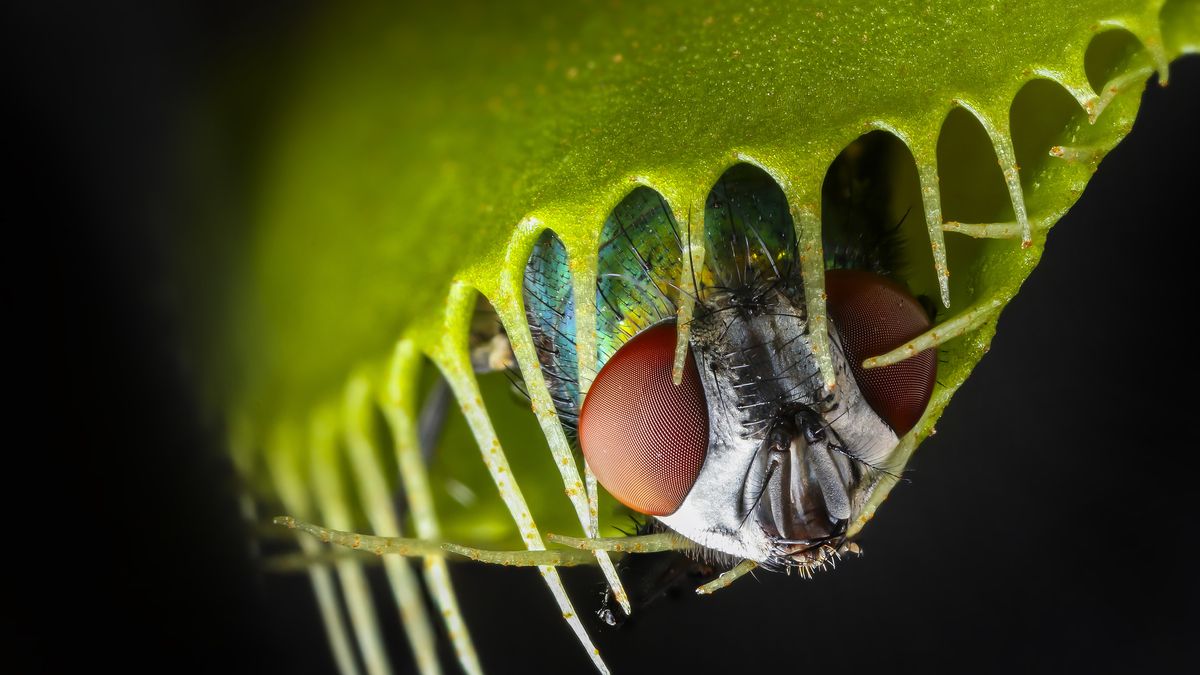
This step is one of three that some non-carnivorous plants took over tens of millions of years to allow them to turn into hungry carnivores, the researchers said.
In effect, "carnivorous plants have turned the tables by capturing and consuming nutrient-rich animal prey, enabling them to thrive in nutrient-poor soil," the researchers wrote in the study, published online May 14 in the journal Current Biology.
To investigate how carnivorous plants evolved, an international team of botanists and biologists led by Jörg Schultz, Associate Professor, at the University of Würzburg, Germany, compared the genomes and anatomy of three modern meat-eating plants.
There are hundreds of carnivorous plant species, but the researchers chose to look at three related insect-eating plants, all members of the Droseraceae family.
The closely related aquatic waterwheel plant (Aldrovanda vesiculosa) occupies the waters of almost every continent.
As a result of losing this gene and others, the three plants observed in this study are the gene-poorest plants to be sequenced to date, the researchers stated. .
They found that an aquatic bladderwort thriving on all continents but Antarctica and a corkscrew ground-covering plant native to Brazil both had very small genomes compared with non-carnivorous plants.
The roots and leaves evolved to be trap-specific, the researchers found.
Most plants with leaves and roots contain the material necessary to become carnivorous
Researchers wrote that the three-step process revealed by the new study shows how, over time, ancient "non-carnivorous plants evolved into the most skillful green hunters on the planet."
